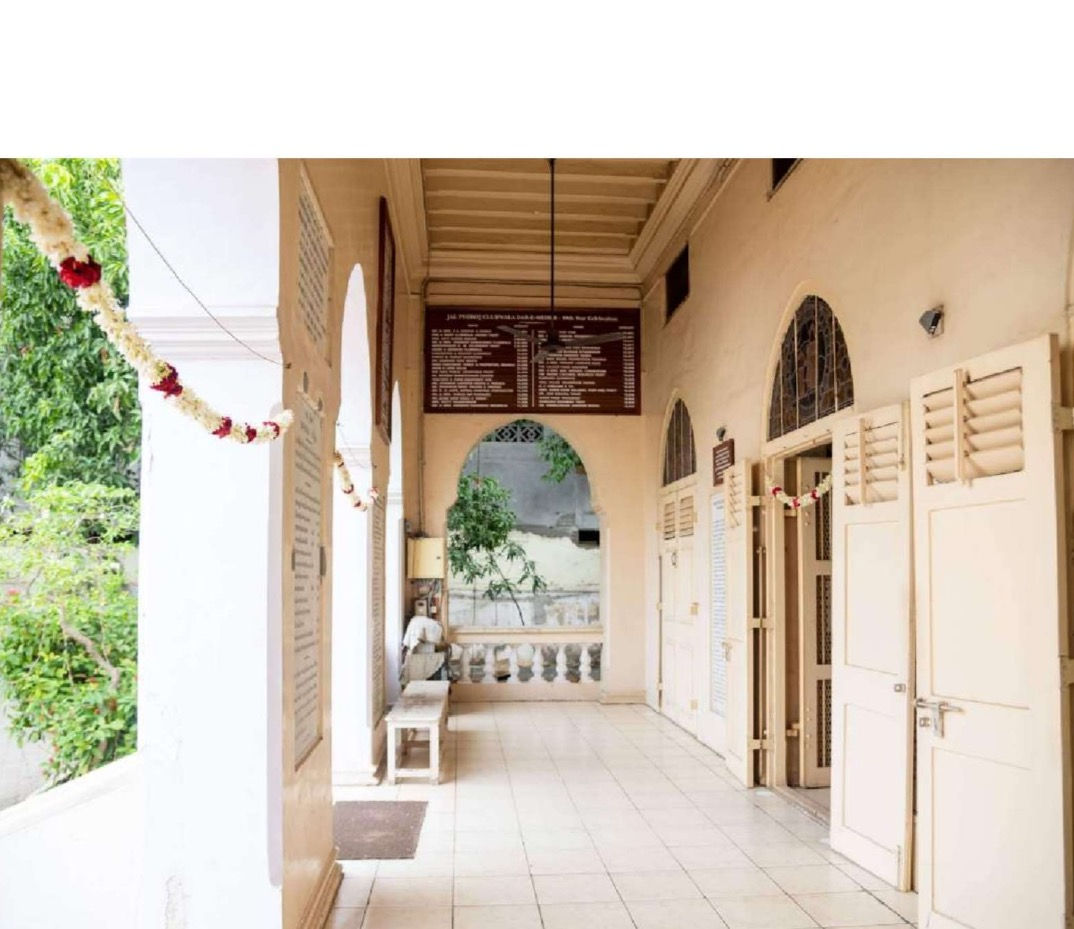

A BRIEF HISTORY OF THE PARSIS OF MADRAS / CHENNAI
The first Parsis came to Madras from Coorg, where they were traders and dubashes. King Veera Rajendra of Coorg treaties with the British against his local enemies. When he passed away, his brother, Lingaraja, sent a deputation in 1809 to Madras to deliver a picture of the late Veerarajendra to the Governor of Fort St. George. Mr Hirjibhai Maneckji Kharas was one of them, and thus came the first Parsi to Madras. He was accompanied by five other Parsis and two priests. Perhaps preferring the trade options offered by Madras, they bought a plot in Royapuram, opposite the Catholic Church. A few years later, additional land was leased out from the Governor, Edward Clive. The current burial ground is in a portion of this land.
There is hardly any record of the next fifty years. On November 20, 1876, the Parsis formed themselves into an association known as the Parsi Panchayat. When the Crown assumed sovereignty in 1858, all lands leased out by the Company for a term of 99 years were deemed to be the property of the lessees. Thus, in 1895, the ownership of the plot in Royapuram was transferred to the President of the Panchayat. In 1900, this body was renamed The Madras Parsi Zarthosti Anjuman.
The Parsis of the 1900s were generally a prosperous lot. There were dealers of motor cars and cycles, perfumes and dyes. There were Government and Railway officials, managers of banks and shops. The first Irani families came to Madras only around 1900. They, too, were entrepreneurial and set up pocket friendly Irani Cafes and cinema theatres.